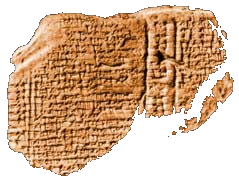Contrary to earlier periods, this era was rich in written documents that tell us of events in the surrounding region. Some scholars sought to identify the stories of the patriarchs, in which Jerusalem is called Shalem; it is therefore also known as the “age of the Patriarchs.”
During the Middle Bronze Age Egypt became more involved in events in Canaan, and tribes from present-day Syria also penetrated the land. Cities once again began to be built here, such as Dan, Megiddo and Shechem, after a gap of hundreds of years. In various areas there were dominant “city states” whose kings ruled both the city and the surrounding area.
READ MORE












